
The Universities of Aarhus and Heidelberg are planning a series of convection workshops, SCORe (Stellar Convection and Oscillations and their Relationship, jj={16, 17, ...}), with the motivation to bring together expertise from various 1D and 3D convection models/simulations. The workshops shall address various topics in stellar evolution and pulsation theory, such as "surface effects", granulation or stochastic excitation. As an example, it will be an aim to identify the most serious limitations of 1D models and establish how 3D simulations could help to extend/include simple descriptions of additional physics in 1D (evolutionary/pulsation) calculations. This could include simple prescriptions to capture most of the relevant physics associated with, for example, turbulent pressure, turbulent kinetic energy flux, or velocity anisotropy, or convenient ways for calibrating the free parameters in 1D convection models across the Hertzsprung-Russell diagram.
Participation at these workshops is by invitation only. The workshop will be limited to about 15-20 people to provide ideal conditions for an efficient "working" environment. The schedule will include one or two ~1h talks per day, giving us maximal time for actual work and to engage in discussions. A very rough programme has been outlined below.
This year's first workshop, SCORe16, will take place at Aarhus University, Denmark, and SCORe17 will take place in Heidelberg, Germany. The idea is to have “surface effects” as a heading for SCORe16 and “granulation” as a heading for SCORe17.
Jørgen Christensen-Dalsgaard (Aarhus)
Remo Collet (Aarhus)
Günter Houdek (Aarhus, chair)
Friedrich Kupka (Vienna)
Hans-Günter Ludwig (Heidelberg)
Mia Sloth Lundkvist (Heidelberg)
Mark Rast (Boulder)
Regner Trampedach (Boulder)
Jørgen Christensen-Dalsgaard (SOC, Aarhus University)
Remo Collet (SOC, Aarhus University)
Friedrich Kupka (SOC, Universität, Wien)
Hans-Günter Ludwig (SOC, Universität Heidelberg)
Mia Sloth Lundkvist (SOC, Universität Heidelberg)
Regner Trampedach (SOC, Space Science Institute, Boulder)
Mark Rast (SOC, Boulder University)
Günter Houdek (SOC-chair, Aarhus University)
Magnus Aarslev (SAC, Aarhus University)
Jakob Rørsted Mosumgaard (SAC, Aarhus University)
Markus Roth (Kiepenheuer-Institut, Freiburg)
Jesper Schou (MPI, Göttingen)
Achim Weiss (MPI, Garching)
Douglas Gough (IoA, Cambridge University)
Warrick Ball (Universität Göttingen)
Lionel Bigot (University of Nice)
Bob Stein (Michigan University)
Vichi Antoci (SAC, Aarhus University)
Victor Silva-Aguirre (SAC, Aarhus University)
Andreas Christ Sølvsten Jørgensen (MPA, Garching)
The Department of Physics and Astronomy is situated in the west end of Campus, Aarhus University. Please choose your favorite guide/map to find Campus, e.g. maps.google.dk. The main entrance can be reached from Ny Munkegade or Langelandsgade.
If you arrive by car
Parking lots are situated north of The Department of Physics and Astronomy (between the buildings of "Physics" and Chemistry"). Please use the entrance from Langelandsgade opposite the former military barracks (now Department of Aesthetic Arts).
If you arrive by train
Opposite the main entrance of the train station you will find bus 16, direction ‘Hasle/Haslegårdsvej’ (The direction of the bus is given above the front window). Get off at the stop ‘Universitetet/Kemisk Institut’. It is also possible to go by bus 2A, direction ’AUH Skejby’ or bus 13, direction ‘Frydenlund’ and get off at the first stop on Paludan Müllersvej (Paludan Müllersvej, Langelandsgade and Kaserneboulevarden are announced as 'Kaserneboulevarden'). From here it is only a short walk by "Langelandsgade" to the Department of Physics and Astronomy.
If you arrive by airplane
The airport bus from Aarhus Airport/Tirstrup stops at the University (Ndr. Ringgade) The airport bus from Billund Airport stops at the Aarhus Central Bus Station in the centre of the city - a few minutes' walk from the train station. From Copenhagen Airport you may travel by train to Århus. The train trip takes just under 4 hours.
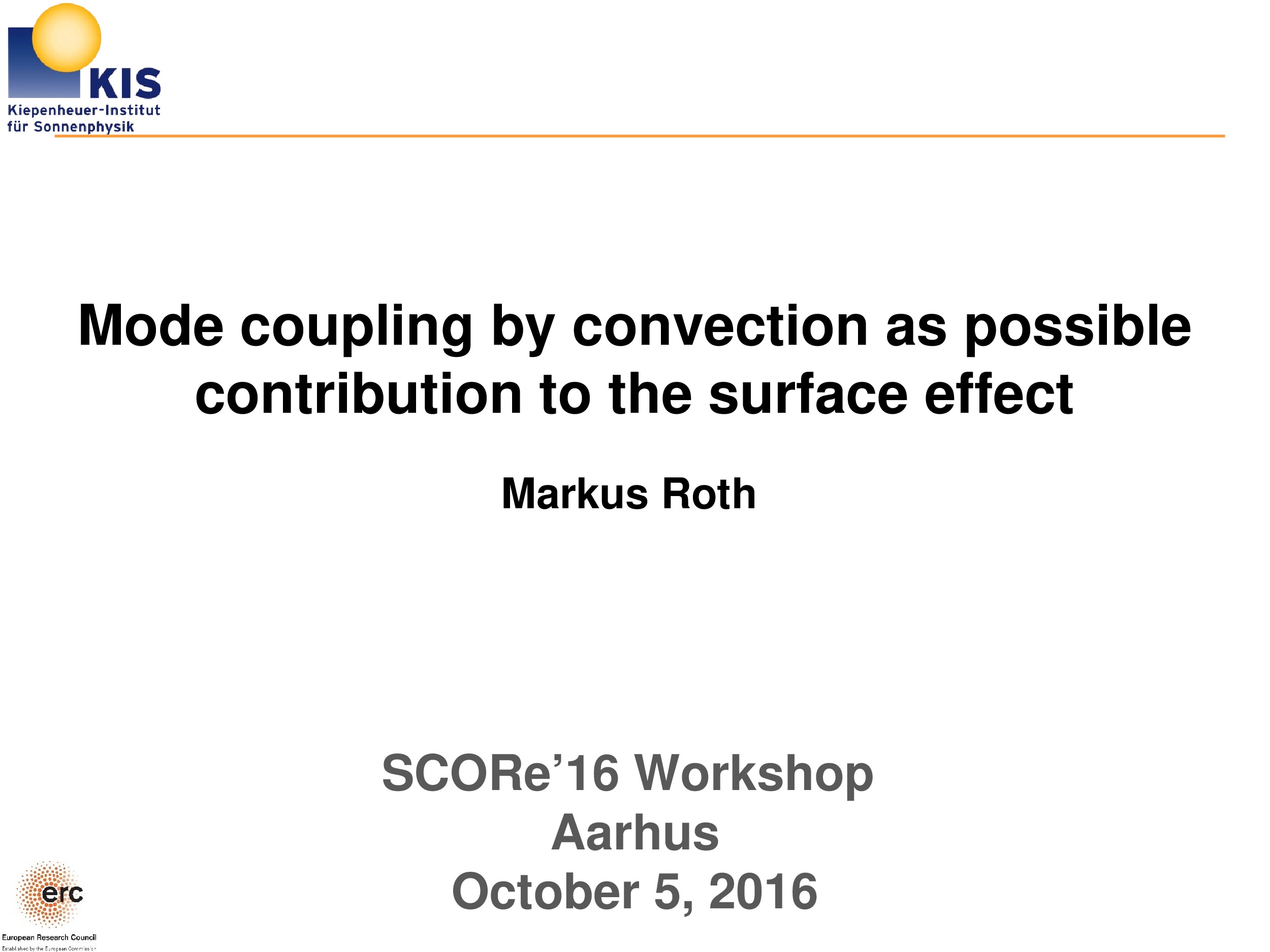

Session: Main session
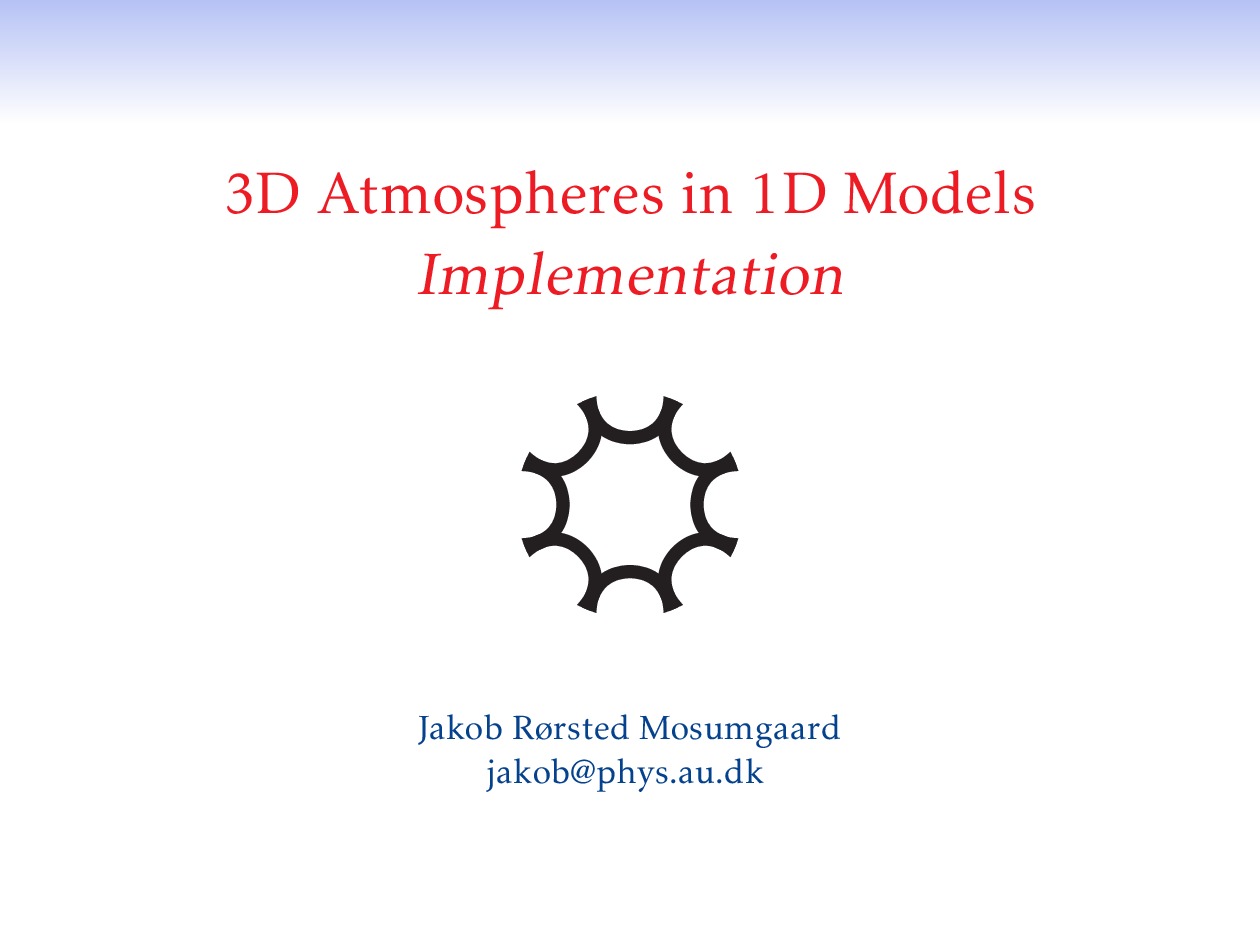
Session: Main session
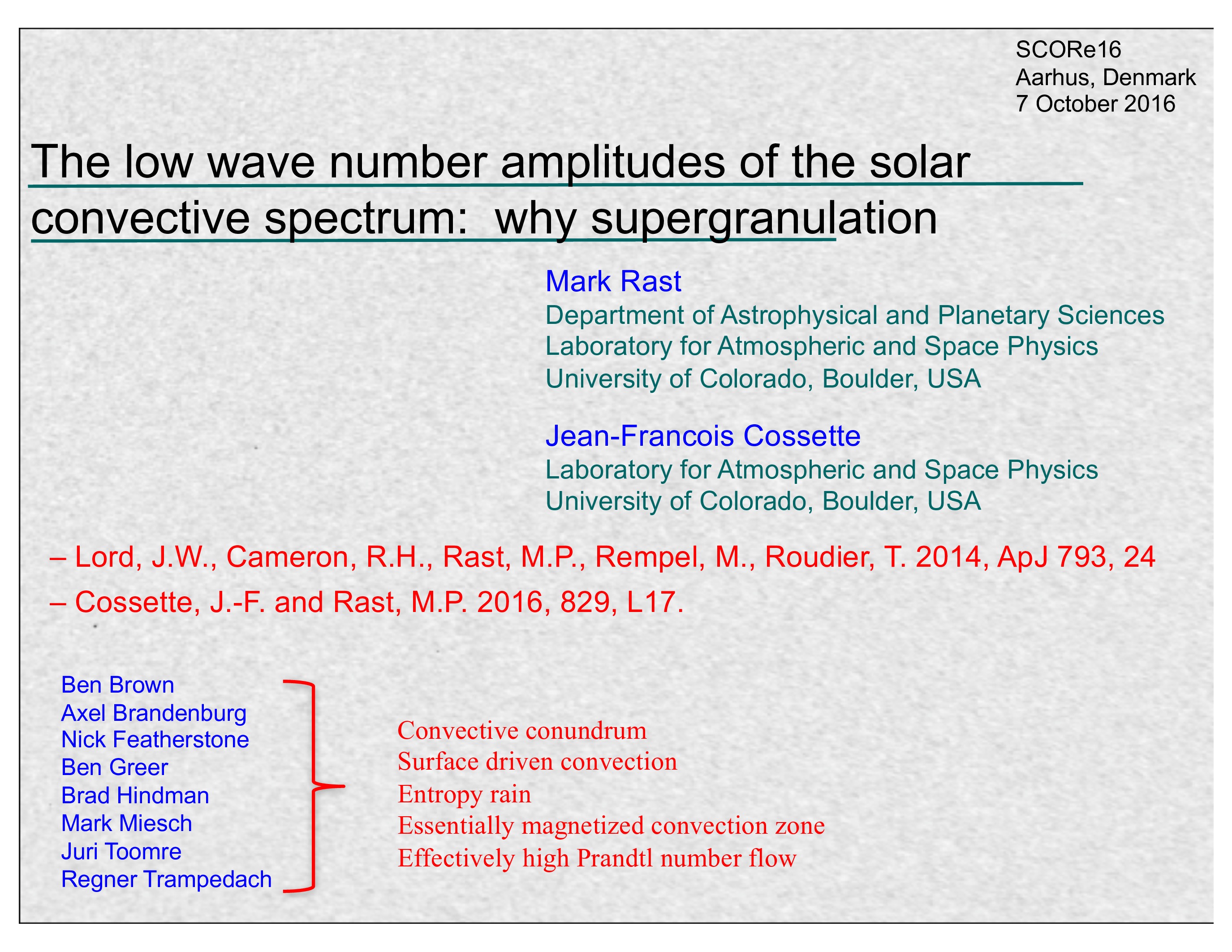
Session: Main session
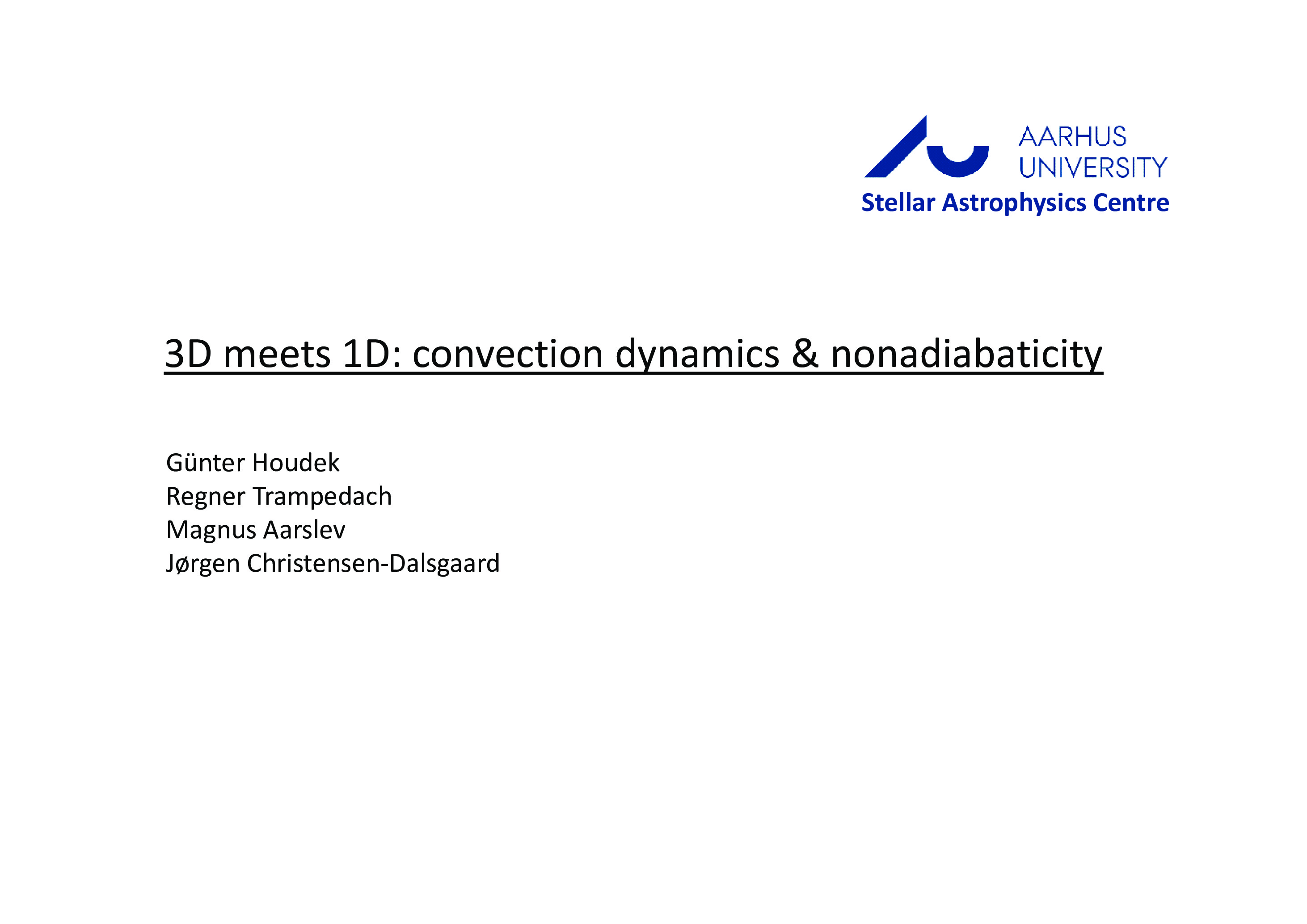
Session: Main session
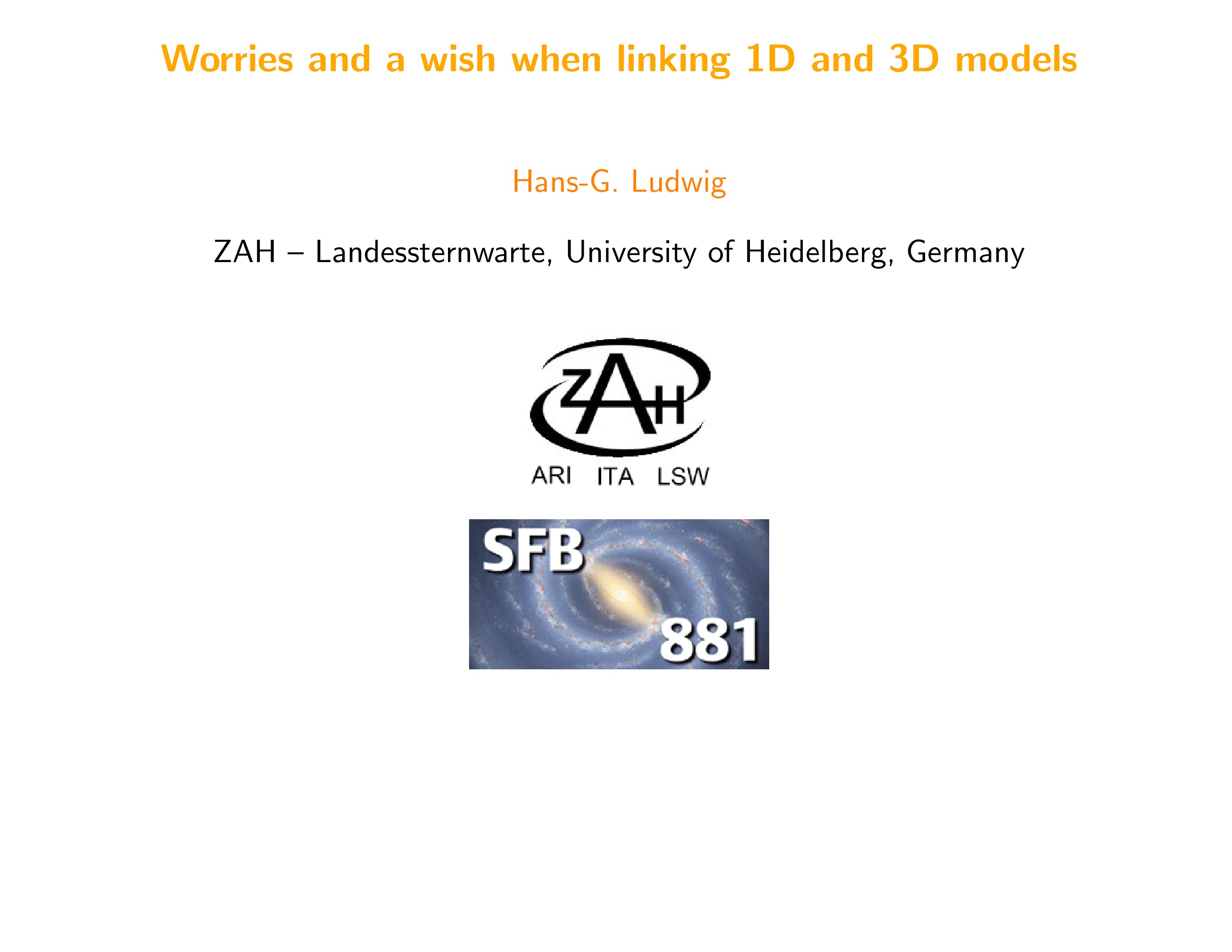

Session: Main session
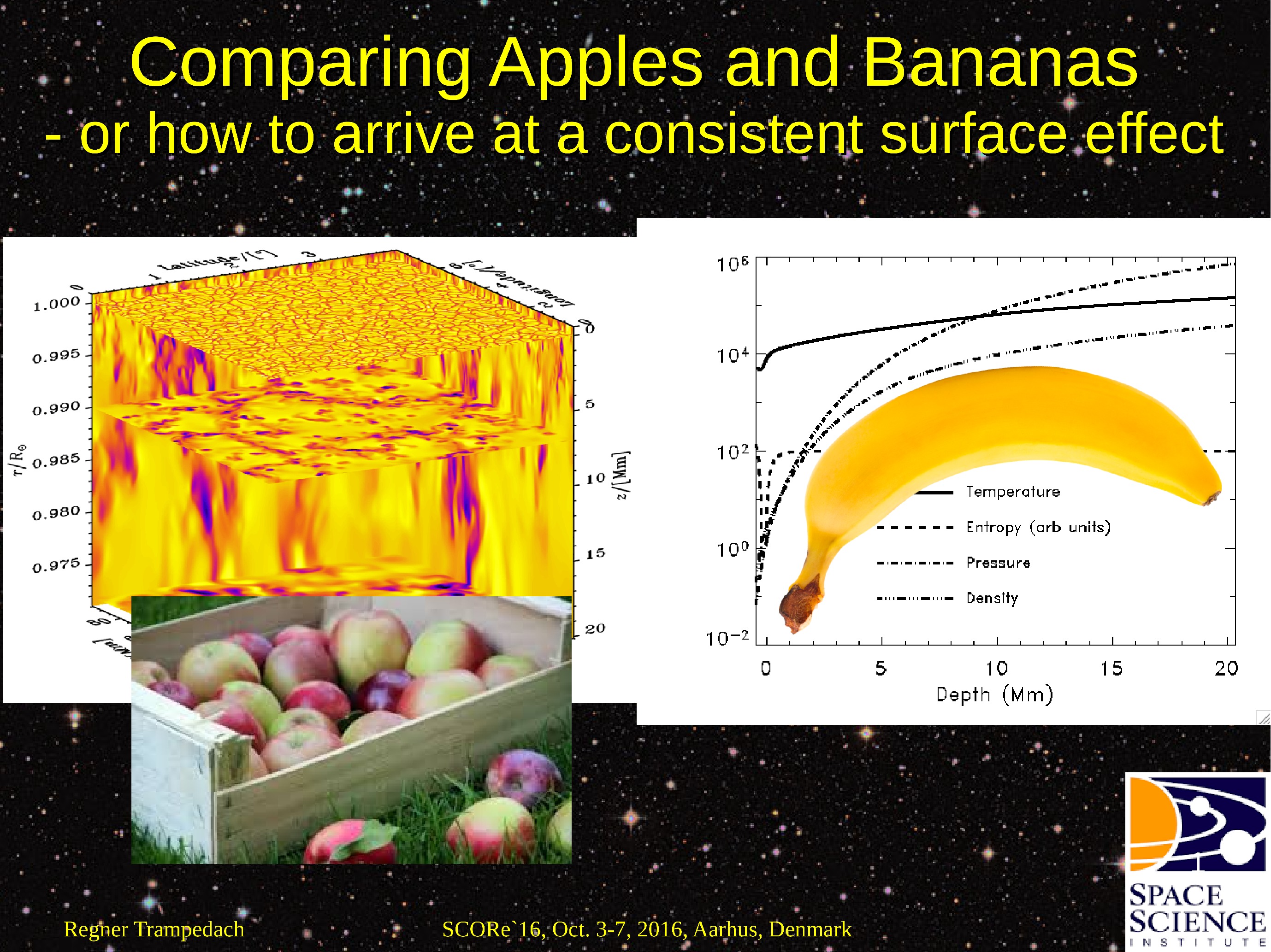

Session: Main session
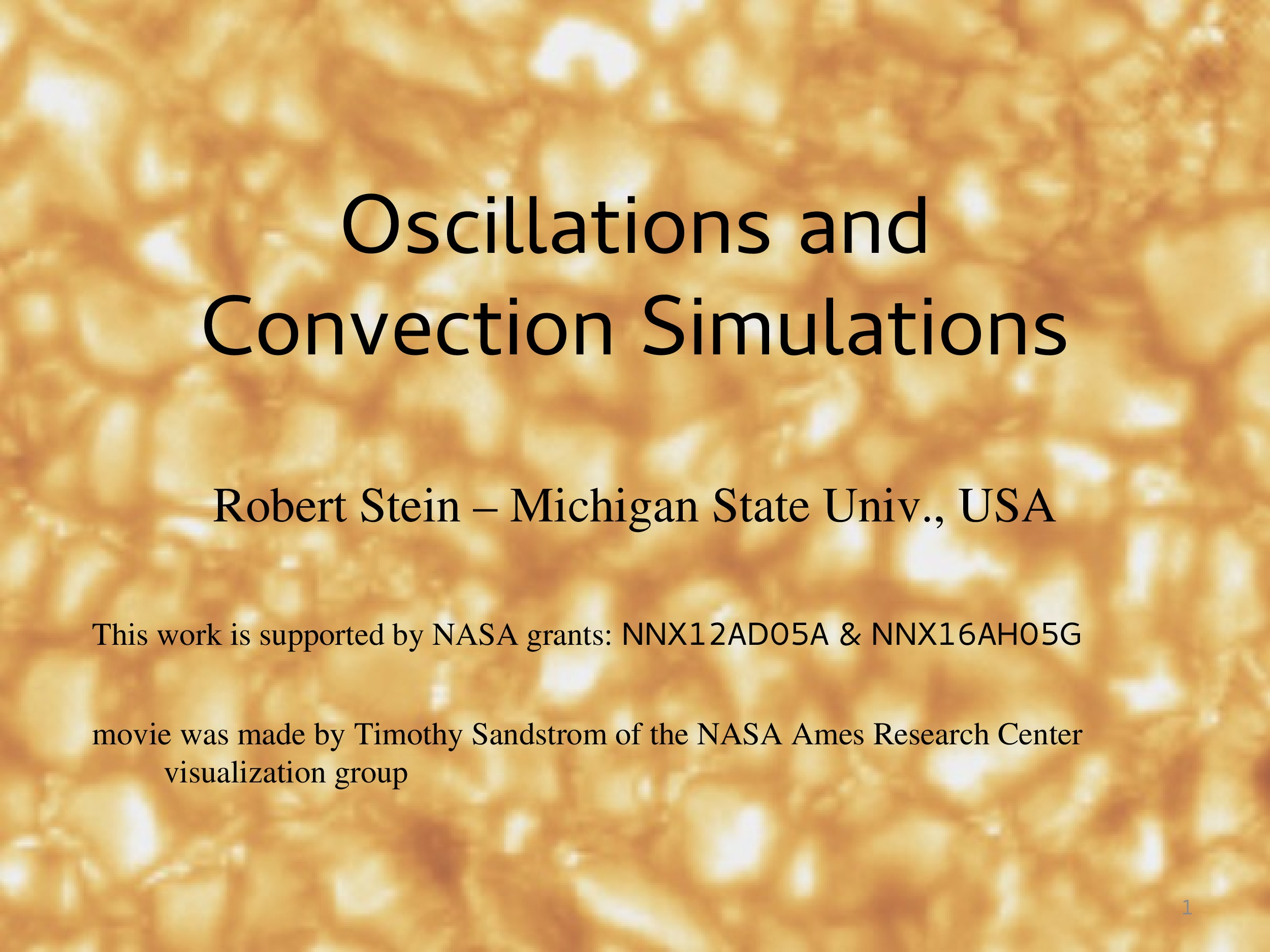
Session: Main session
| First Name | Last Name | Affiliation |
|---|

